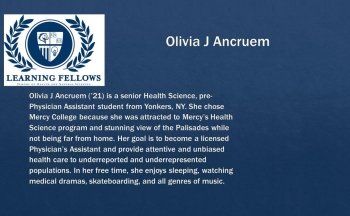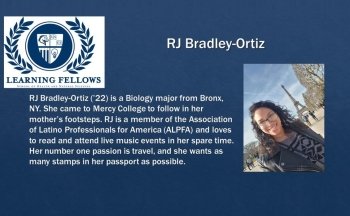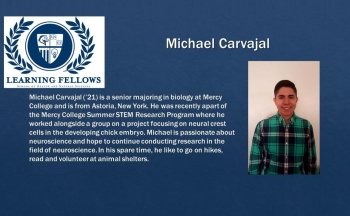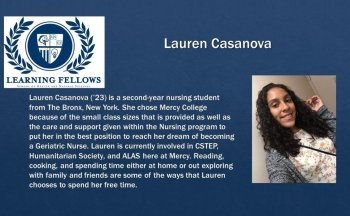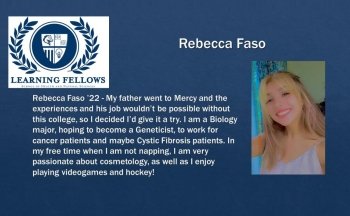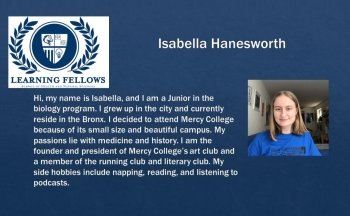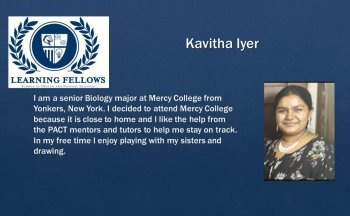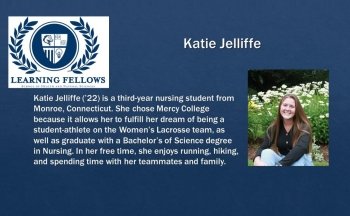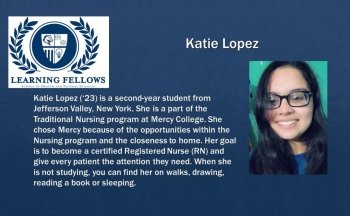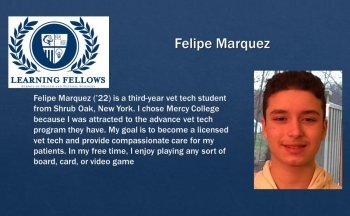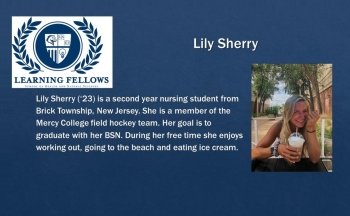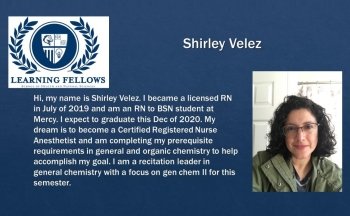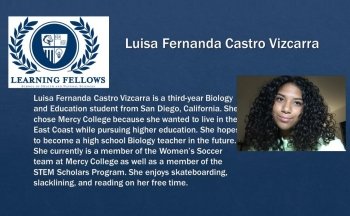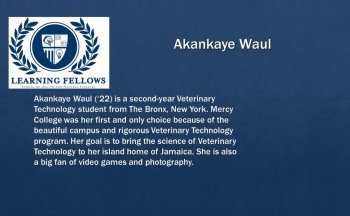ACCESS Grant Health Sciences
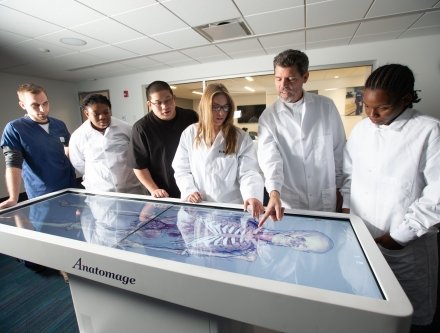
Access Grant
Advancing Curricular Change to Enhance Student Success (ACCESS), is designed to expand opportunities for students in high-demand health science careers by improving student outcomes in Anatomy and Physiology I, a gateway course, and increasing the number of available nursing training slots to meet the pressing need for nurses, particularly in the New York City metropolitan area. The project will improve teaching and learning on an institution-wide basis through the implementation of high-impact practices, advancement of faculty development, and robust student engagement in the college experience.
What is an HSI Title V grant?
The Federal Developing Hispanic Serving Institutions Programs – Title V grant provides assistance to HSIs in order to expand educational opportunities for and improve the attainment of Hispanic/Latinx students. They also enable HSIs to expand and enhance their academic offerings, program quality, and institutional stability.
Goal 1: Improving student outcomes for Health Sciences majors through an Anatomy & Physiology I initiative.
Objective 1: At least 70 percent of Hispanic and low-income students who are enrolled in A&P I courses will remain in good academic standing with a grade of C or better in A&P I each year throughout the project’s five years.
Objective 2: Beginning in Year 2, at least 60 percent of Hispanic and low-income students who pass A&P I with a grade of C or better will persist in their majors the following year.
Goal 1 Related Activities
The goal of Structured Learning Assistance (SLA) is to support student success through structured opportunities for interactive group learning led by near-peers. Structured Learning Assistance is embedded into BIOL 130 A & P I to improve student's learning outcomes, thereby improving persistence, retention, and graduation rates. Recitation activities support both content learning as well as improvement of study skills by providing students with additional time outside of the traditional class to process material and collaborate with other students. A training program for near-peer leaders and teaching and lab assistants has been instituted with standardized recitation activities.
The lab curriculum will be transformed into an interactive blended learning environment that involves hands-on inquiry guided activities without dissection using multimodal digital technology. The Anatomage Table, a life-size virtual 3D dissection table that displays gross anatomy models reconstructed from cadavers, is used to enhance learning through hands-on and interactive lab activities, helping future healthcare providers understand cross-sectional anatomy and adjacent structures in an integrative approach. Multimodal learning tools such as a 3D dissection table, high-quality plasticized or synthetic models and selected prosected specimens are integrated along with peer-assisted learning. Guided inquiry methods with multimodal tools place an emphasis on core concepts and critical thinking, rather than the rote memorization traditionally used in Anatomy teaching.
This grant activity is focused on developing and implementing bilingual Video Supplemental Instruction (VSI), with instructional material and technologies to support non-native speakers who may be struggling with the language in recitations. VSI assists students in mastering difficult course content while developing and refining their reasoning and critical thinking skills. Bilingual Spanish-speaking faculty who teach A&P will develop the content for the VSI.
Based on a successful pilot, a 15-hour intensive student success orientation will take place over two days before the start of the fall 2021 semester for nursing students enrolled in A&P I. Topics to be addressed include a preview of course pacing and concepts; developing science-specific study skills; peer mentorship; team building; engagement with faculty; and an authentic laboratory experience.
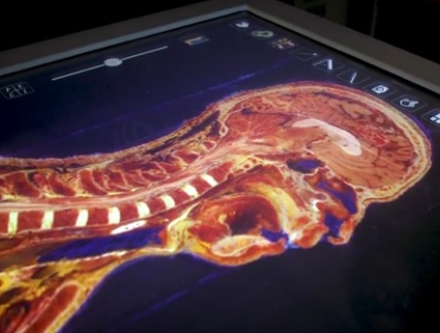
Learning Through Virtual Dissection
Students have the benefit of learning human anatomy on one of the Anatomage tables at either the Bronx or Dobbs Ferry campuses. This virtual format supports the knowledge of our future health care professionals. Hear from students about their experience.
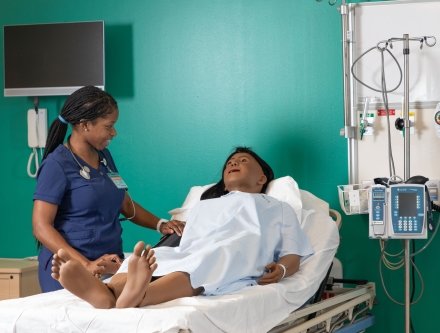
Goal 2: Expanding nursing offerings by establishing a weekend Accelerated Second Degree Nursing program at the Bronx campus.
Objective 3: In each project year beginning in Year 3, increase the number of Hispanic and low-income students enrolled in the weekend ASDBS Nursing program by 25% annually.
Objective 4: At least 80 percent of the Hispanic and low-income first-time, full-time undergraduates who were enrolled in their first year of the weekend Second Degree Nursing Program will be enrolled in the same program in the subsequent year.
Objective 5: At least 75 percent of the Hispanic and low-income students enrolled in the weekend Accelerated Second Degree Nursing program (ASDBS) will remain in good academic standing (mandated GPA of 2.67 or higher) each year for Years 2 through 5.
Objective 6: At least 60% of ASDBS students will graduate within 3 years of beginning the program.
Objective 7: At least 80% of ASDBS students will pass the NCLEX exam beginning in Year 3.
Goal 2 Related Activities
In Year 2 of the grant, a weekend Accelerated Second Degree Bachelors of Science (ASDBS) program will be developed to improve access for those students who wish to become nurses.
There is a high need for bilingual and bicultural nurses to provide culturally sensitive nursing care, especially given the rise of the Hispanic patient population in the Bronx and New York metropolitan area.
In Year 2 of the grant, we will establish a mentorship program in partnership with the Westchester chapter of the National Association of Hispanic Nurses (NAHN). Students will partner with Nurse mentors who will coach and develop student’s professional skills and knowledge. A mentoring toolkit will be developed to guide the process.
News on the ACCESS Grant
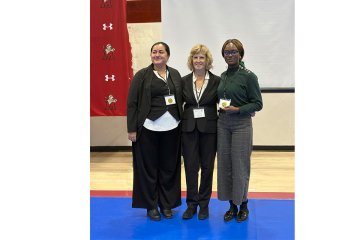
Tuesday December 9, 2025
Mercy Students Win Top Honors at Regional MACUB Research Conference
Read More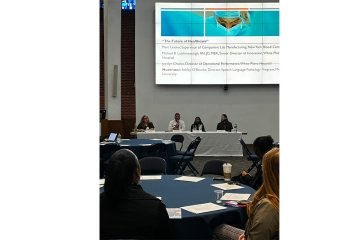
Monday November 17, 2025
Mercy and WCA Celebrate 75 Years with First “World of Health Care Day”
Read MoreMonday September 8, 2025
Matthew Hyland, Named Catherine Worthingham Fellow, APTA’s Highest Honor
Read MoreMeet our Learning Fellows
Additional Information on Access Grant
Contact Us
Project Staff Contacts tpineiro@mercy.edu
Learn More about Access
The ACCESS Grant is a U.S. Department of Education Title V grant (P031S200074), funded from October 1, 2020 – September 30, 2025.

